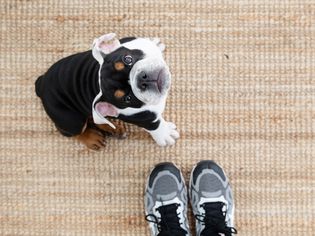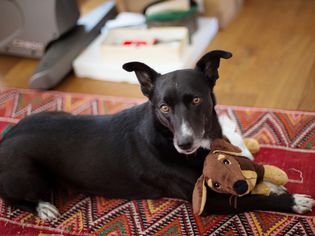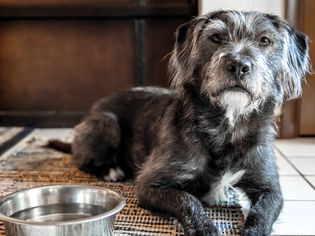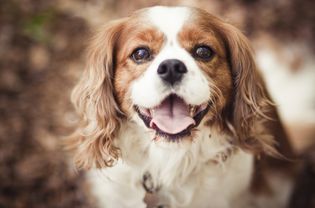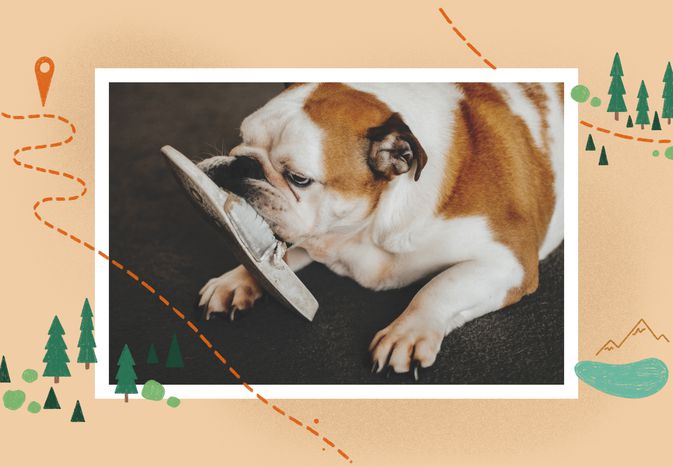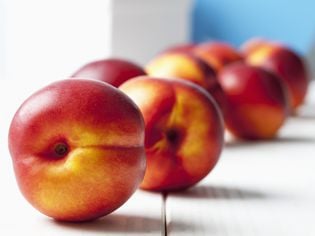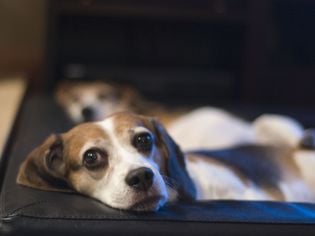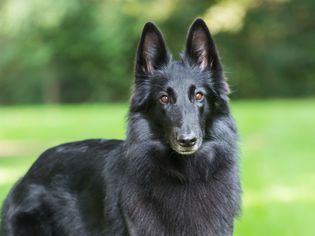The miniature pinscher is a toy dog breed from Germany that actually isn't related to the Doberman pinscher, despite their similar appearances. Min pins are their own dogs, possessing outsized personalities, boundless energy, and one very weird trot.
They're known for their unique "hackney gait," which looks similar to a horse's prancing. They lift their front feet up and out with a bend at the wrist, but unlike horses, miniature pinschers only trot with their front legs.
Gait aside, "the king of toys" is a loyal, smart breed with a stubborn streak. They're athletic, compact dogs who are perfect for active families. Learn more about the miniature pinscher.
Breed Overview
Group: Toy
Height: 10 to 12.5 inches
Weight: 8 to 10 pounds
Coat: Short, shiny fur
Coat Color: Solid red, stag red (red with some black hairs), black with rust markings, chocolate with rust markings
Life Span: 12 to 16 years
Temperament: Active, playful, intelligent, protective, brave
Hypoallergenic: No
Origin: Germany
Characteristics of the Miniature Pinscher
The breed generally has a fearless and bold attitude. Miniature pinschers have watchdog instincts, and thanks to their history as rat hunters, they're also skilled at catching small animals. When it comes to life in a family household, the min pin is a spirited companion with a playful personality who loves spending time with their owners.
Min pins can do well with children and other animals when socialized properly. Their small bodies are more prone to injuries than medium-sized dogs, and they may growl or bite when handled improperly, so children should learn how to interact with them safely. Before introducing other cats and dogs, be sure your min pin has a sociable temperament.
| Affection Level | Medium |
| Friendliness | High |
| Kid-Friendly | Medium |
| Pet-Friendly | Medium |
| Exercise Needs | High |
| Playfulness | High |
| Energy Level | High |
| Trainability | Medium |
| Intelligence | High |
| Tendency to Bark | High |
| Amount of Shedding | Low |
History of the Miniature Pinscher
The miniature pinscher dates back several hundred years to ratting on German farms. It was first called the reh pinscher because of its supposed similarity to the reh, a small deer that once inhabited Germany's forests.
Min pins are likely descendants of the German pinscher, as is the Doberman. They do look like a smaller version of the Dobie—with pointed ears, a long nose, and a short, shiny coat—but the min pin actually pre-dates that breed. Dachshunds and Italian greyhounds are likely ancestors of min pins.
Between 1905 and World War I, the min pin's popularity in Germany grew. After World War I, breeders in Germany and Scandinavia worked to improve the genetic line. The first miniature pinschers arrived in the United States in 1919, and the breed achieved American Kennel Club recognition in 1925.
These days, the miniature pinscher is the 72nd most popular breed in the United States.
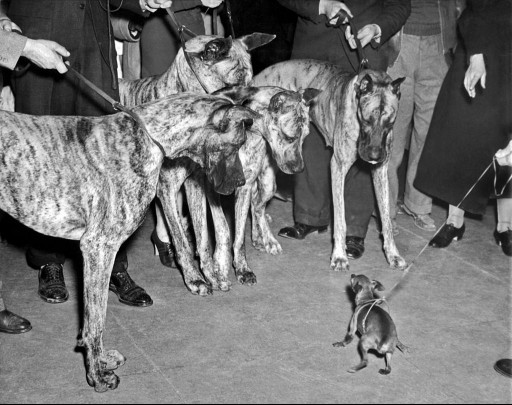
Underwood Archives / Contributor / Getty Images
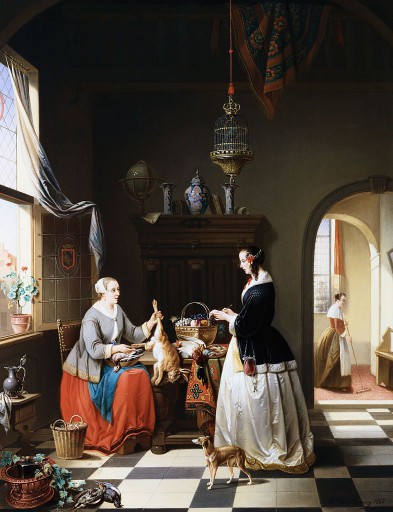
Historical Picture Archive / Contributor / Getty Images
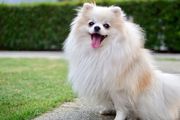
Miniature Pinscher Care
Because they're so active, miniature pinschers need plenty of training to be well-mannered companions. With the right care, they can make great pets for a variety of families. Thanks to their short coats, they don't require much aside from standard grooming.
Exercise
Though min pins are often small and affectionate, they usually won't want to cuddle in your lap. Min pins are very energetic dogs who need plenty of exercise to stay healthy, so they do best in an active and attentive household. Plan for 45 minutes to an hour per day of playtime, walks, and other activities for this breed. Keeping them mentally stimulated is also important, as these dogs can become bored easily.
If you are going to leave your miniature pincher home alone, make sure they have toys—including puzzles—to play with so they don't get destructive. Or make sure to get them tired as possible before you leave for several hours.
Games like hide-and-seek and fetch are fun ways for you to play with your dog while exercising their mind. These dogs also enjoy fun canine sports, like agility training, that exercise their body and mind simultaneously.
Grooming
Min pins have erect ears and a smooth, shiny, and very short coat that requires only simple grooming. Thankfully, miniature pinschers don't shed much. Brush your dog's fur weekly or daily to maintain a healthy appearance. Owners should also keep up with regular nail trims, teeth brushing, and ear cleaning.
Training
Proper training is an absolute must with this breed. It can begin with basic obedience lessons when puppies are about 8 weeks old. Min pins are quite smart and tend to respond well to effective training. Without it, the breed can become stubborn and unruly. Either way, expect to be entertained by your miniature pincher's antics.
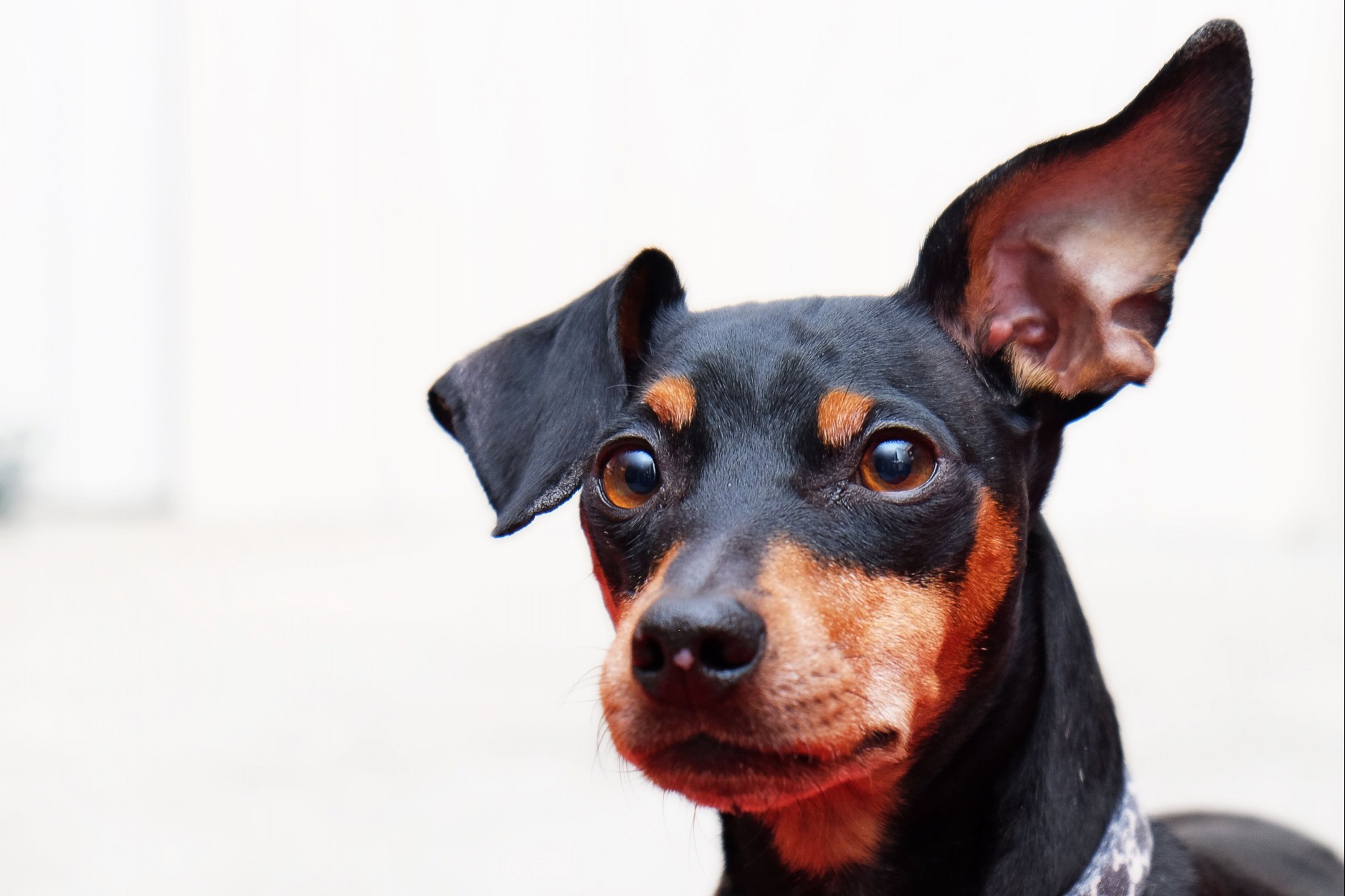
Michael Smitheman / EyeEm / Getty Images
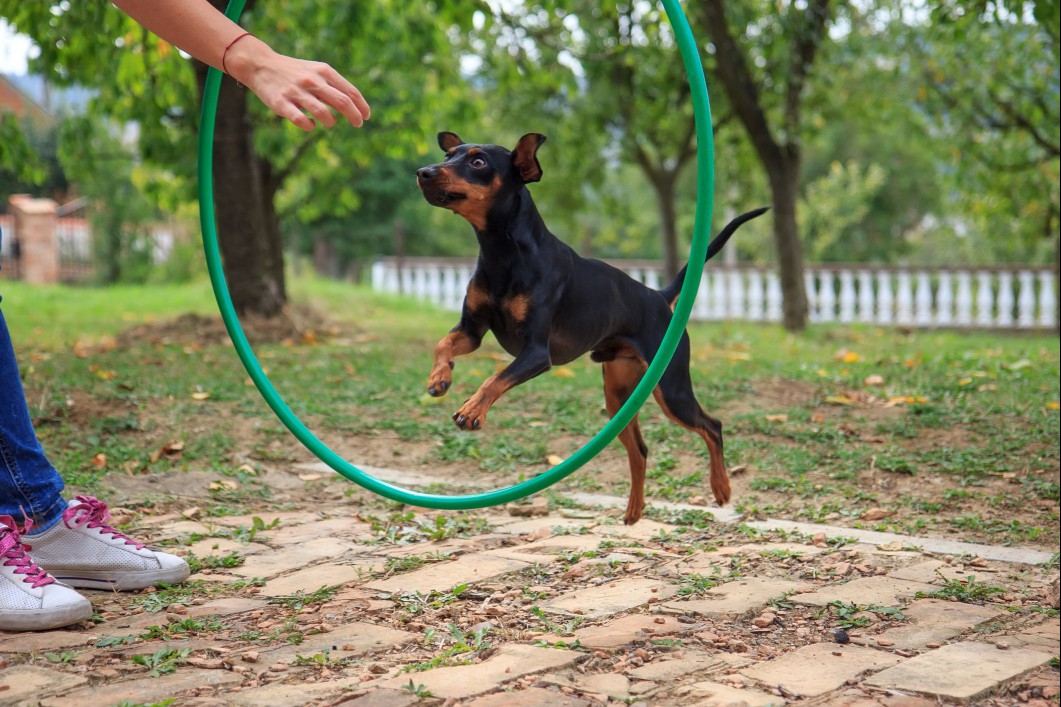
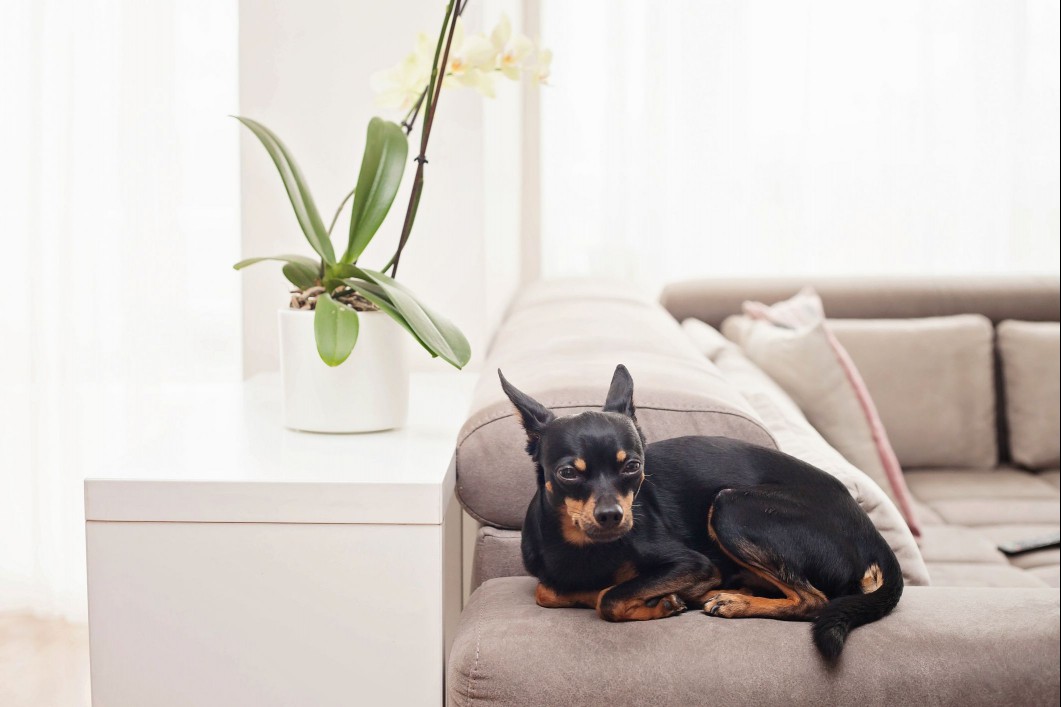
Michael Smitheman / EyeEm / Getty Images
Common Health Problems
Miniature pinschers can be susceptible to genetic health problems. Responsible breeders strive to maintain the highest breed standards as established by kennel clubs like the AKC. Dogs bred by these standards are less likely to develop hereditary conditions. If you plan to adopt a miniature pinscher as a puppy, ask your breeder to provide the litter's medical background.
Some hereditary health problems can occur in the breed, though they're generally healthy dogs:
- Luxating patella: This condition causes your dog's knee to pop out of place. In severe cases, your veterinarian may recommend surgery.
- Legg-Calve-Perthes disease: This orthopedic disorder causes degeneration of the hip joints, and may require corrective surgery.
- Progressive retinal atrophy (PRA): Affecting the retina in your dog's eyes, this condition eventually leads to blindness.
- Epilepsy: This is the neurological disease that often appears as seizures.
- Thyroid and heart problems: These issues require veterinary care and medication.
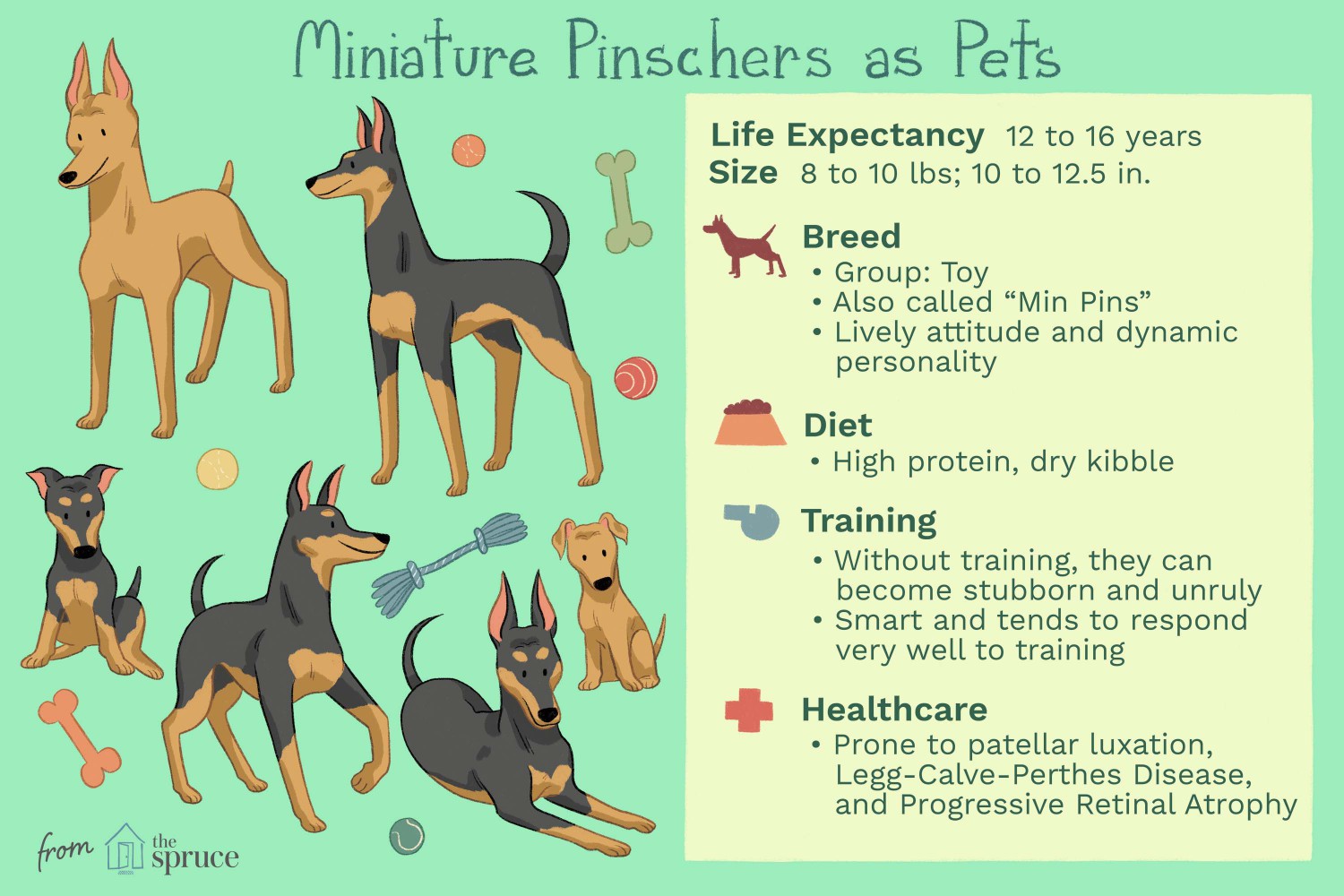
Illustration: The Spruce / Kelly Miller
Diet and Nutrition
Active, growing min pin puppies need about 1 ounce of high-quality dog food per pound of body weight each day, spread out over three or four meals. Adults, on the other hand, can eat one to two meals per day (about one-half ounce of food per pound of body weight). Clean, fresh water should be available at all times for these active dogs.
Puppies and young adults who get plenty of exercise may benefit from a diet rich in protein, while older or less active dogs may need a diet with added fiber and reduced fat to prevent them from gaining weight. Monitor your dog's weight and limit treats to prevent future health conditions associated with canine obesity.
To determine the best meal plan, consult your veterinarian about a healthy diet based on your specific dog's age, weight, activity level, and any allergies or health conditions.
Where to Adopt or Buy a Miniature Pinscher
Before adopting a miniature pinscher, talk to other min pin owners, reputable breeders, and rescue groups to learn more about the breed. The best place to start your search is at your local shelter. Breed-specific rescues are also great places to find dogs in need of forever homes, while shelters in your region may have min pins or similar dogs that can be great additions to your family.
When adopting a puppy from a breeder, it's essential to do your research. Find a responsible breeder who readily provides the litter's medical history and allows potential adopters to meet the parents. Min pin puppies typically cost between $1,000 and $2,000, but prices may be lower or higher depending on availability and the litter's pedigree.
These resources for breed-specific rescues, the national breed club, and the AKC can help you find your next best friend:
- Miniature Pinscher Club of America Rescue
- Miniature Pinscher Club of America Breeder Referral
- AKC Miniature Pinscher Breeders
Miniature Pinscher Overview
Small size; great companions for apartments and travel
Lively, fun temperament
Low-maintenance grooming
High tendency to bark
Wary of strangers and can become agitated
Can feel threatened by small children
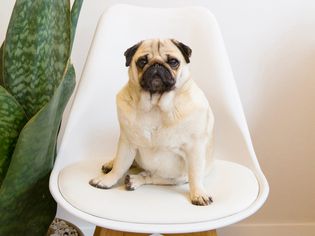
More Dog Breeds and Further Research
If you love miniature pinschers, you may also like these similar breeds:
- Toy Fox Terrier
- Rat Terrier
- Chihuahua
There are plenty of wonderful dog breeds that can join your family. With a little research, you can find the right one to bring home!
- Are miniature pinschers good family dogs?
Miniature pinschers are energetic, companionable little dogs that can make great additions to families that enjoy playing with their dogs regularly.
Are miniature pinschers aggressive?Miniature pinschers are not aggressive in nature, but they have a high prey drive that can lead to chasing small animals if not properly trained. This breed can also become defensive around children or strangers when not handled correctly, so kids in the household should learn how to respect the dog's space and interact safely.
Are miniature pinschers and Manchester terriers related?Min pins look very similar to Manchester terriers (and Doberman pinschers), but the two breeds are not related. If you're trying to figure out the difference, see whether the dog in question prances like a min pin.

